Think of a river in the sky, or more specifically, a long narrow region in the atmosphere that moves water vapor. The National Oceanic and Atmospheric Administration (NOAA) explains that atmospheric rivers (ARs) are approximately 250-375 miles wide. A strong AR can carry water vapor roughly equivalent to 7.5-15 times the average water flow at the Mississippi River’s mouth. At landfall, these ARs release vapor in the form of rain or snow. In many cases, they can deliver large amounts of water and strong winds, potentially causing mudslides and catastrophic land and property damage. On average, according to NOAA, about 30-50% of the West Coast’s annual precipitation occurs in just a few AR events.
Meteorologists with the Reno National Weather Service are warning that an approaching AR storm will be warmer, with rain possible in the lower mountain elevations, increasing the chance of area flooding. This weather pattern is expected to continue into next week, with snowpacks below 5,500 ft expected to melt quickly.
According to local officials, in 2017, there was enough snowpack in the eastern Sierras to fill the Lahonton Reservoir twice. This year it is estimated that there are three reservoirs worth of water snowmelt that may shortly be headed down the river to Lahontan. With a storage capacity of 295,500-acre feet, that means 886,500-acre feet of water expected for the Lahontan Valley. Spring runoff flooding is likely. However, in 2017 Churchill County aggressively worked to build a water management infrastructure that would withstand record-level Sierra water runoffs which remains in good working order.
In preparation, Churchill County and the City of Fallon officials have released Emergency Declarations, and flood mitigation efforts are underway. TCID began precautionary drawdowns this week releasing water into the river and area canals.
For more information on water conditions, visit www.churchillcountynv.gov.



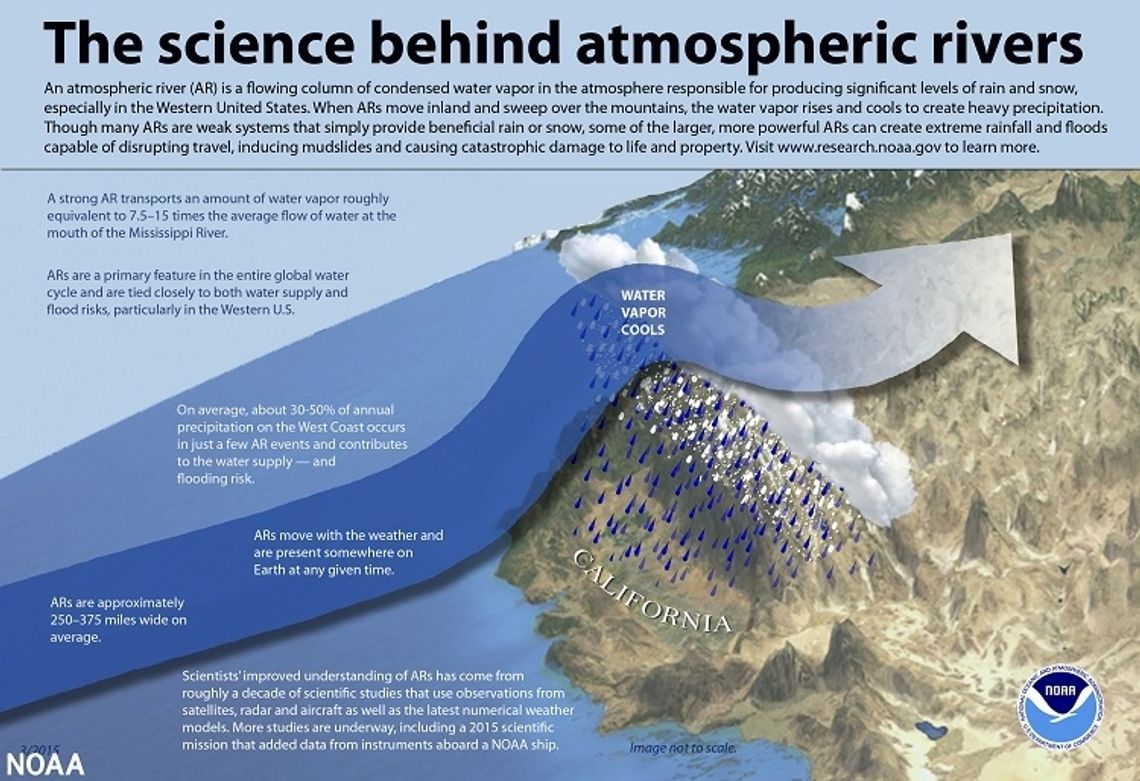
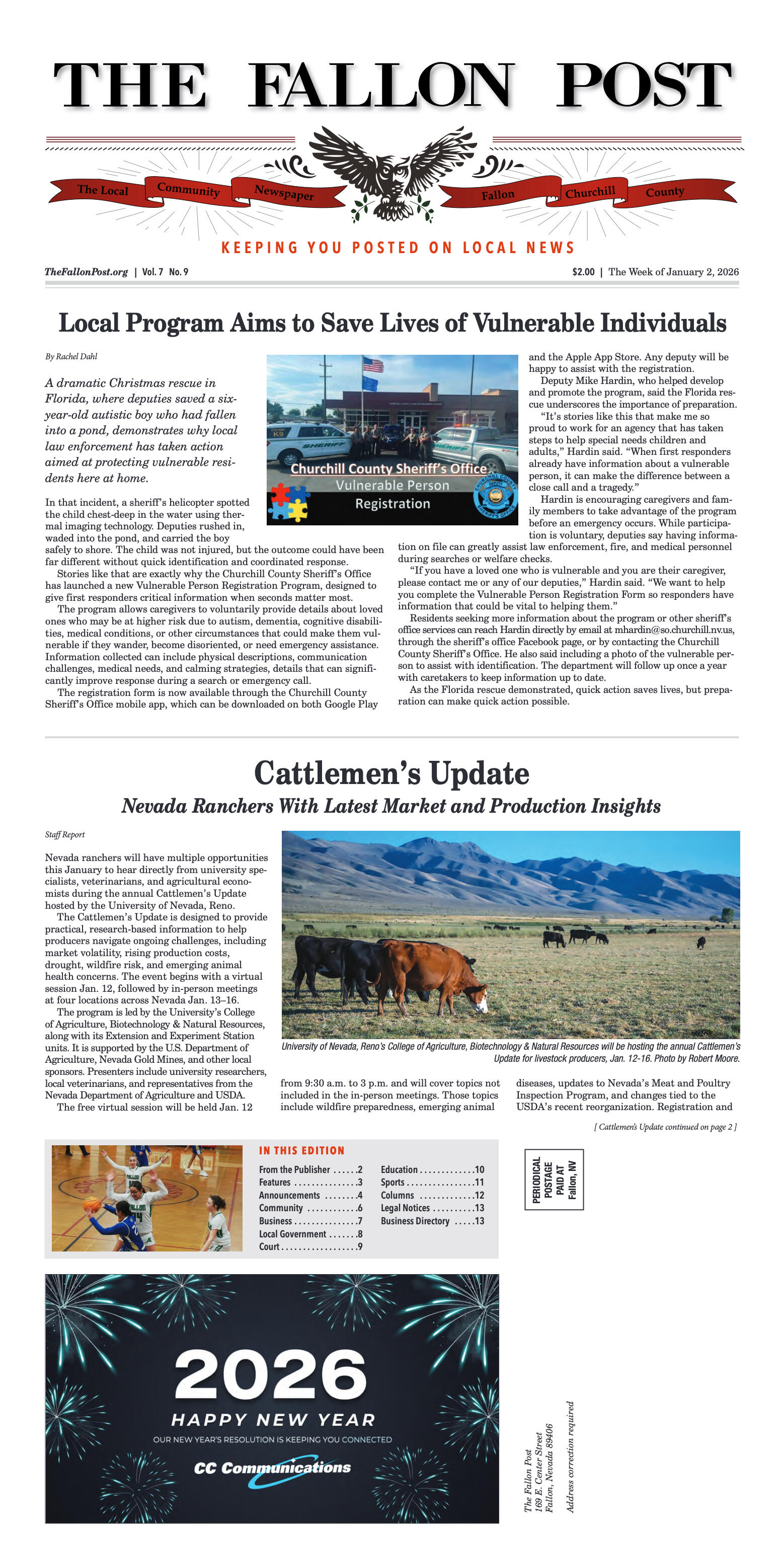
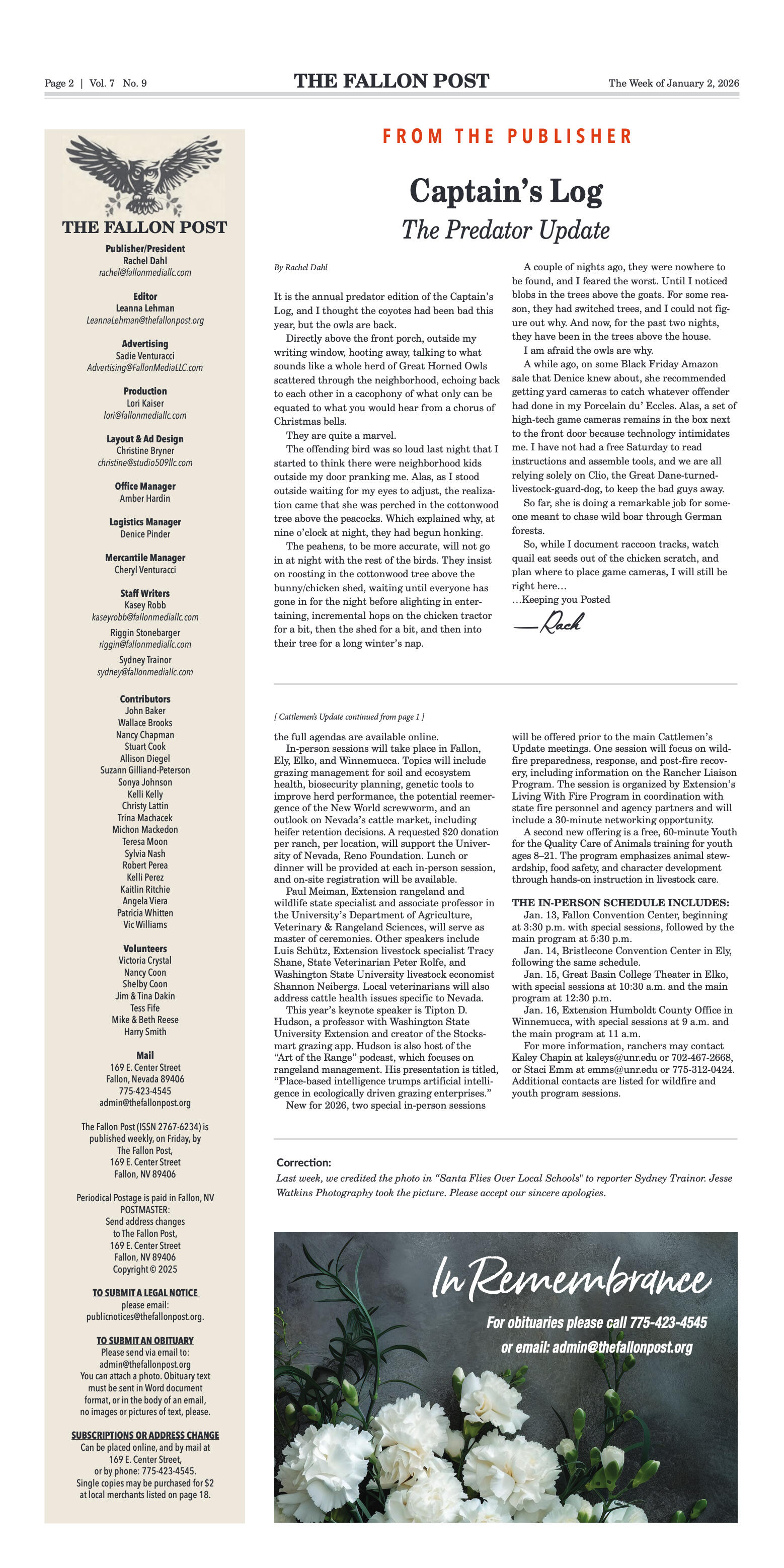
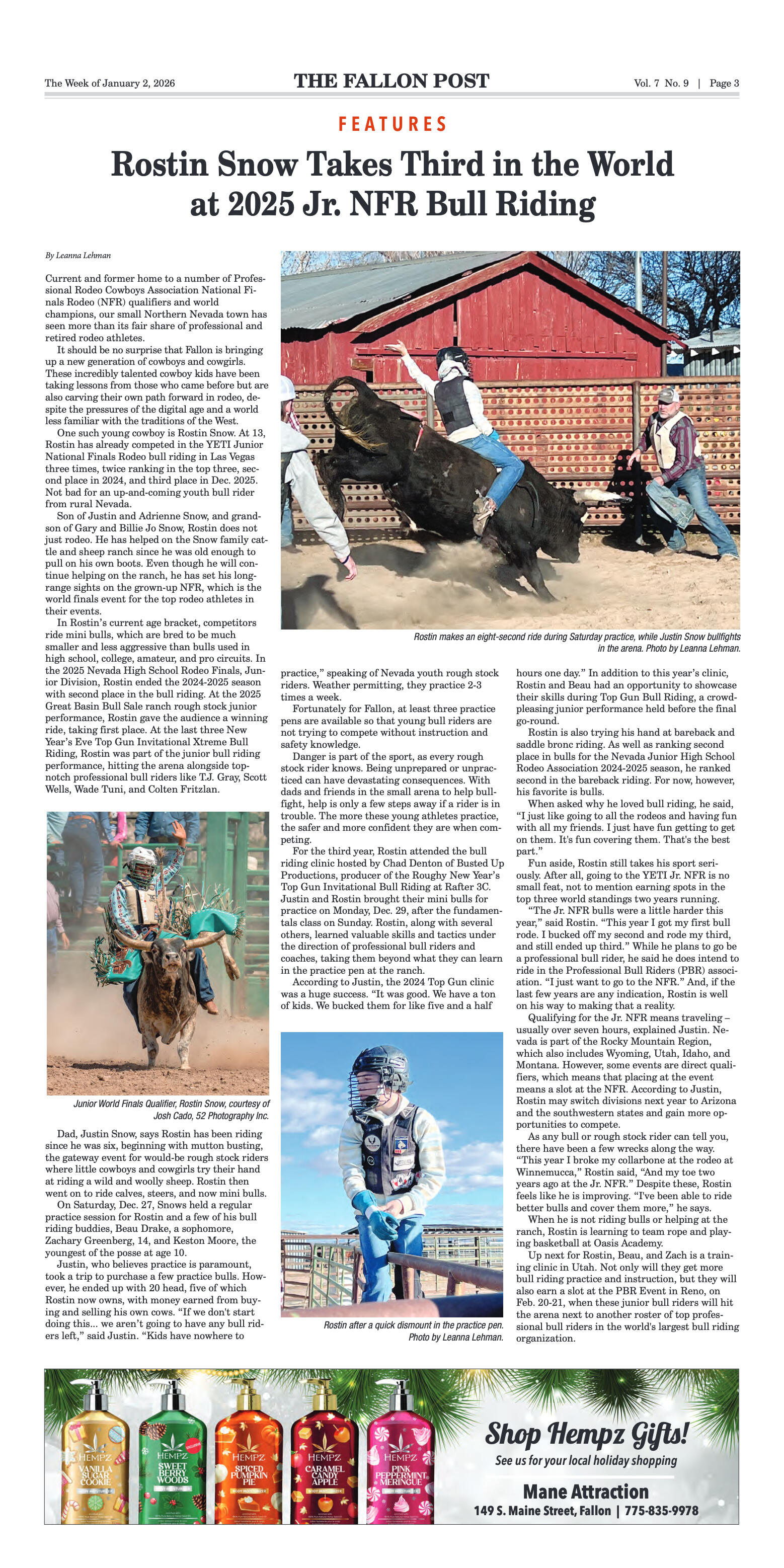
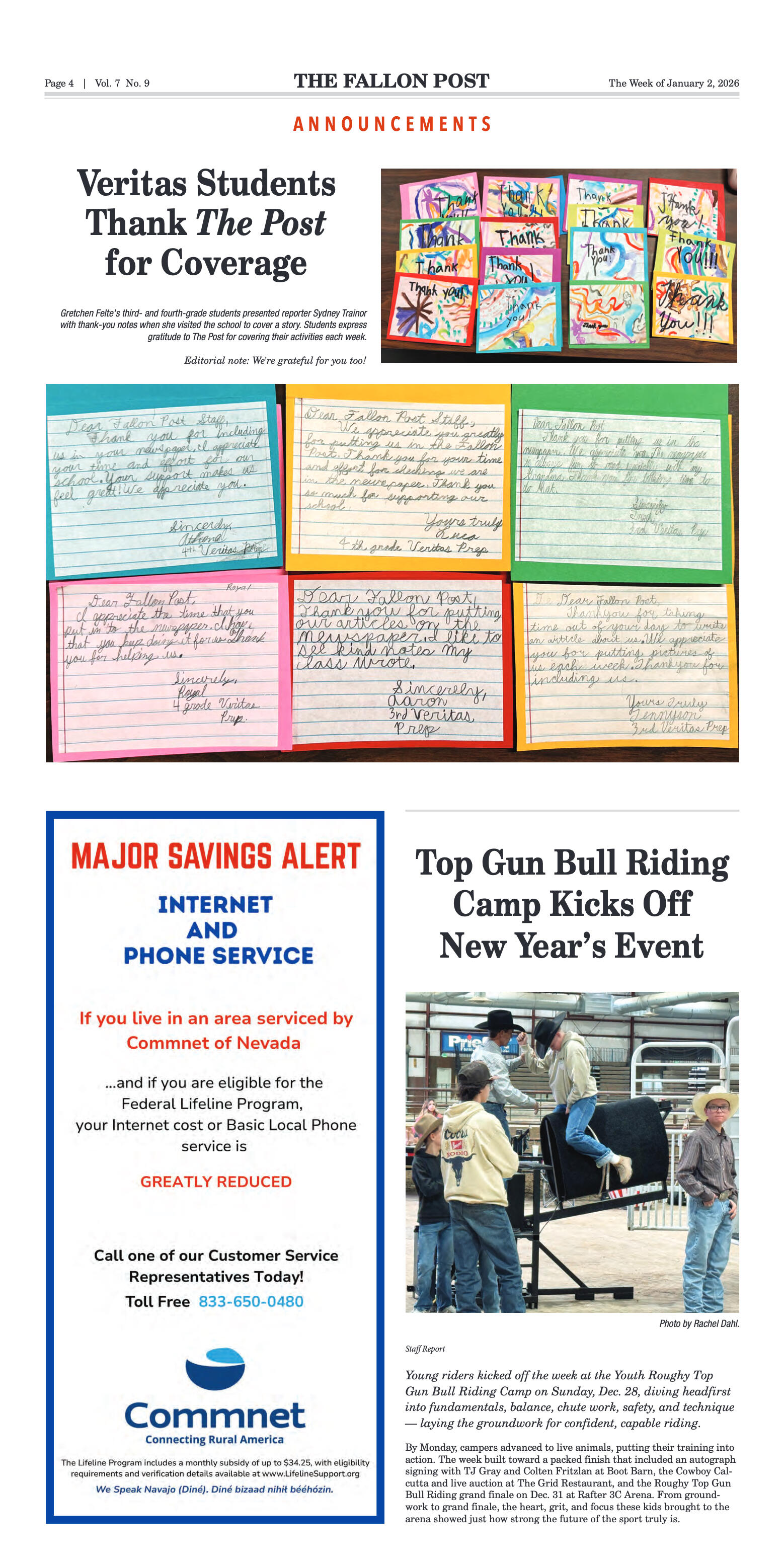


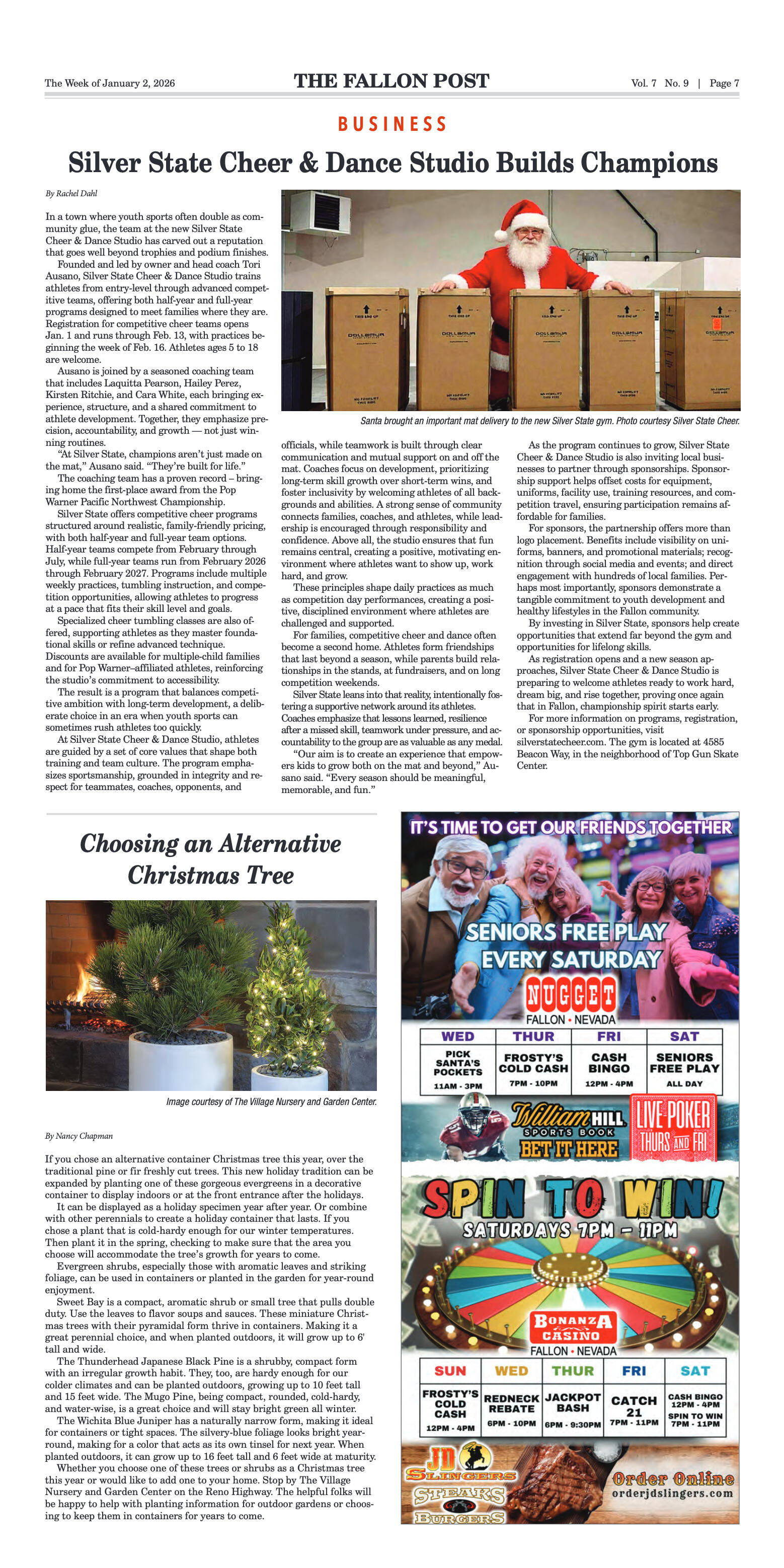
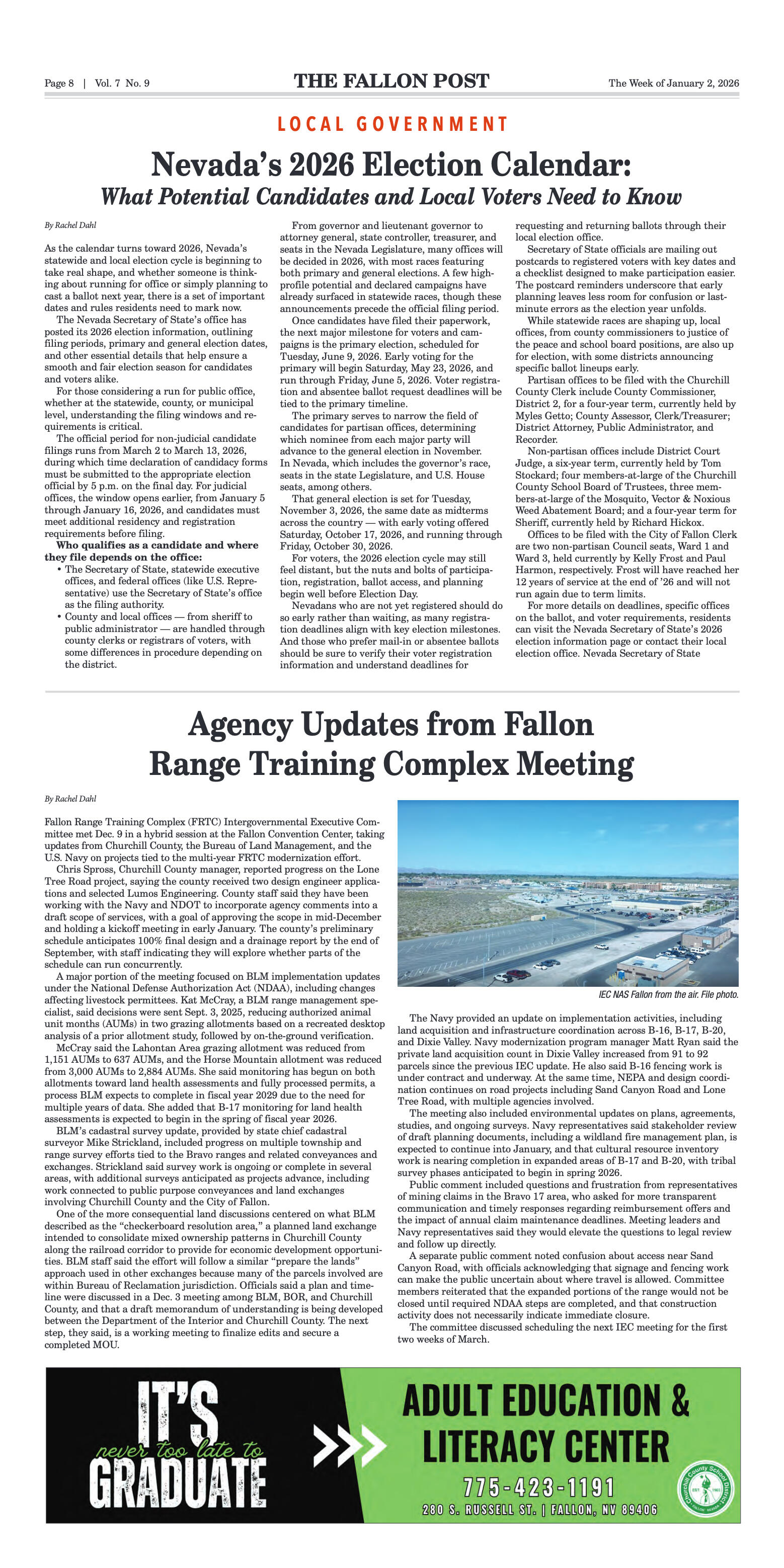
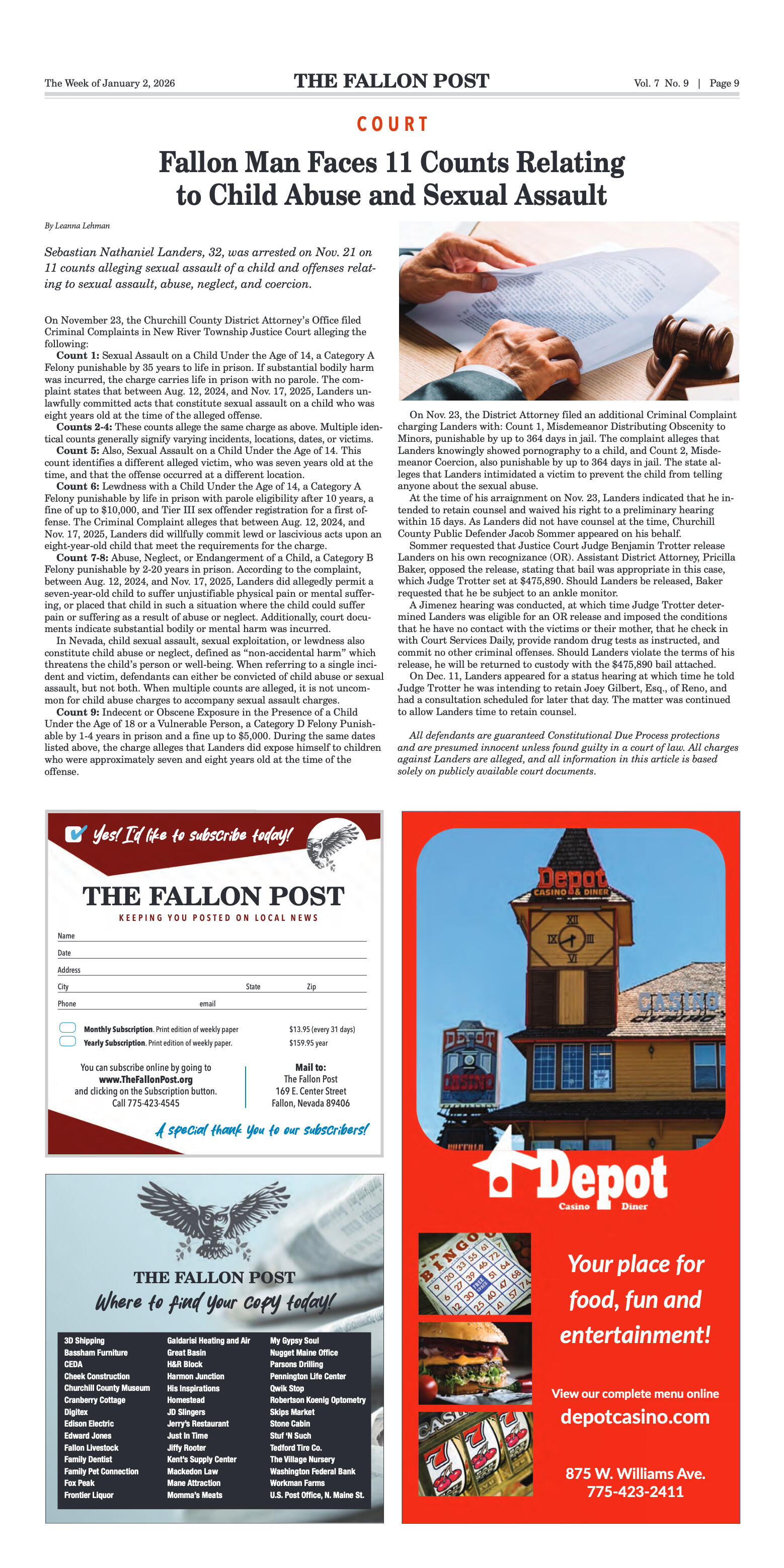
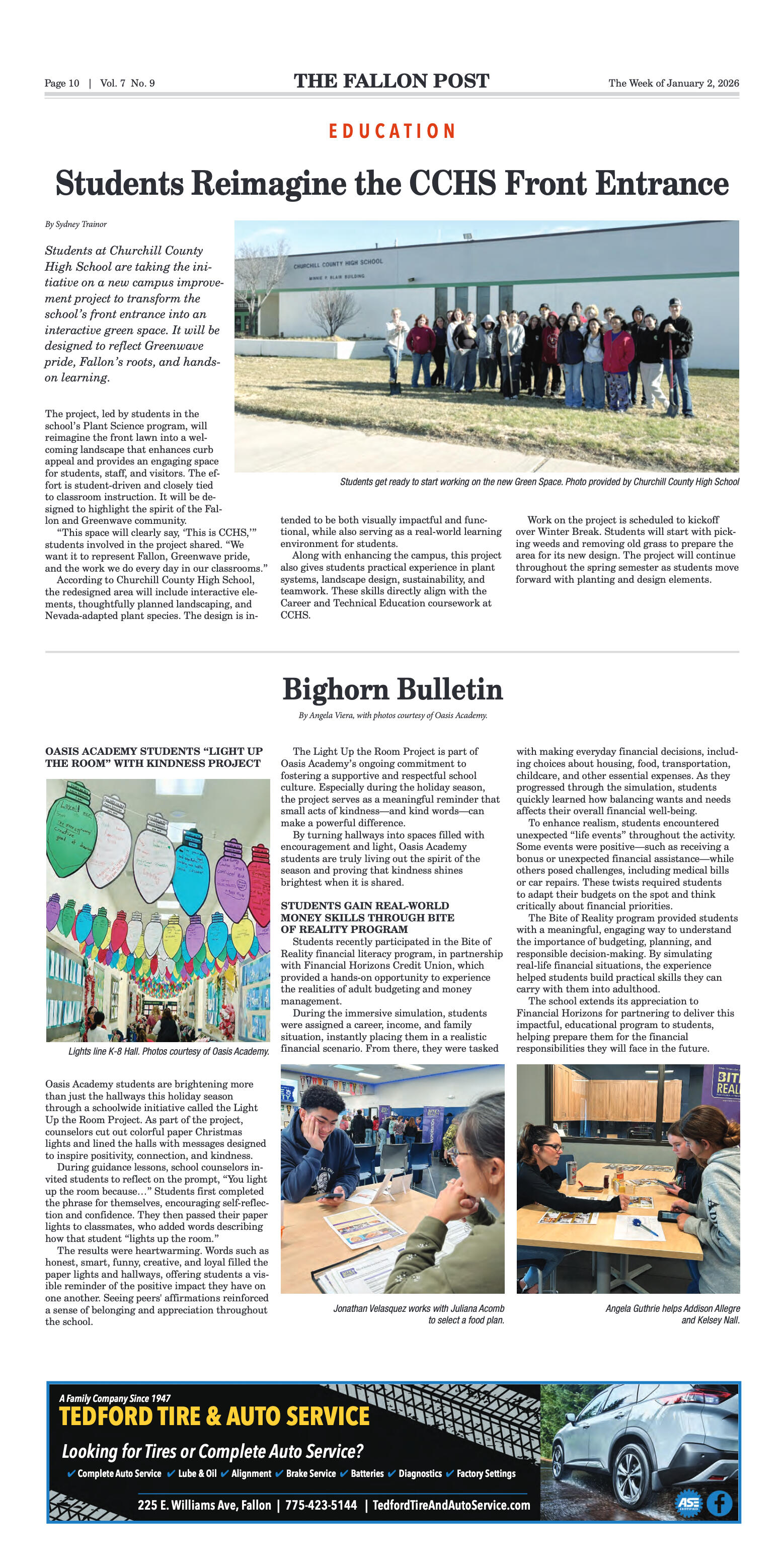
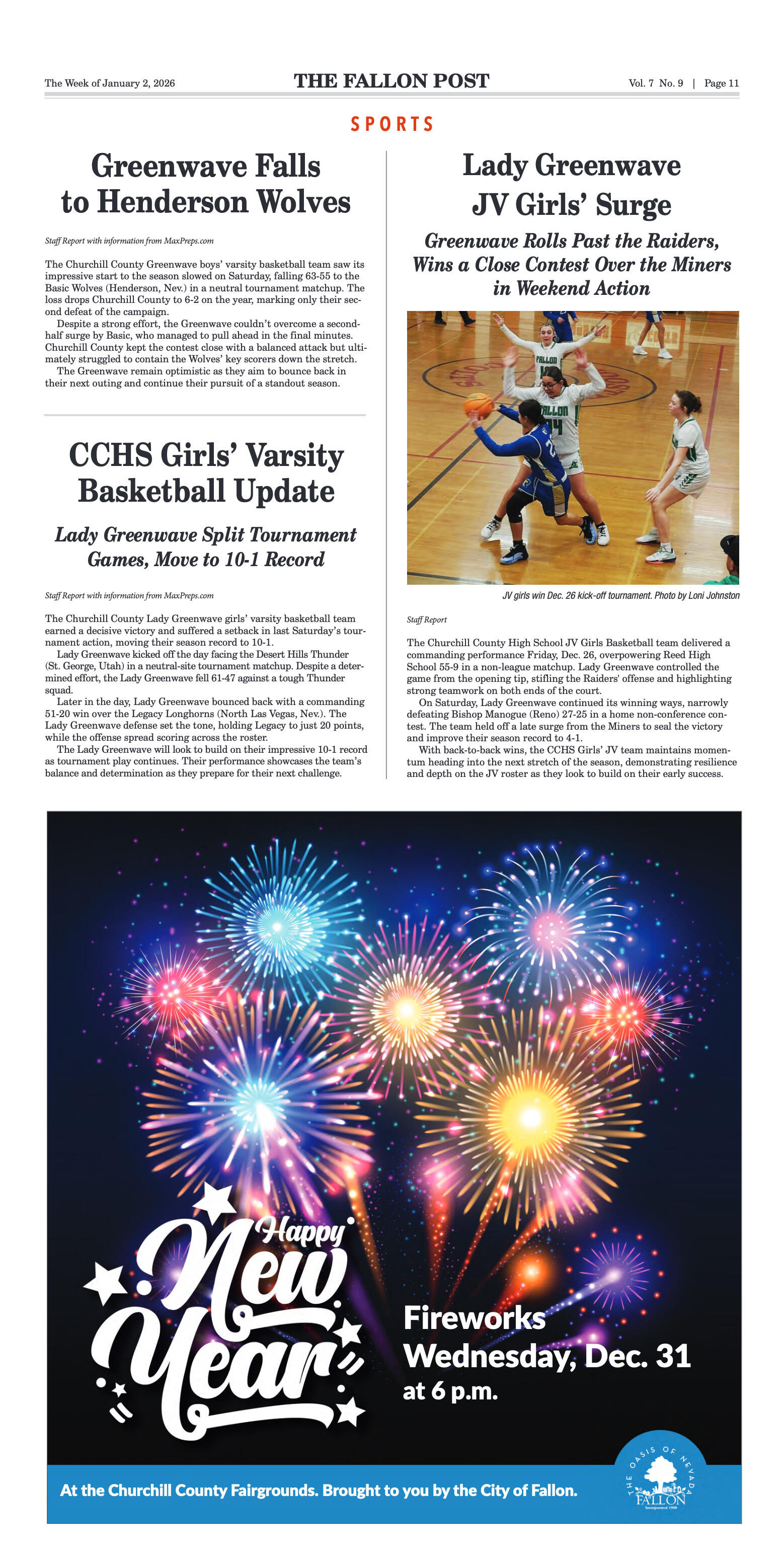
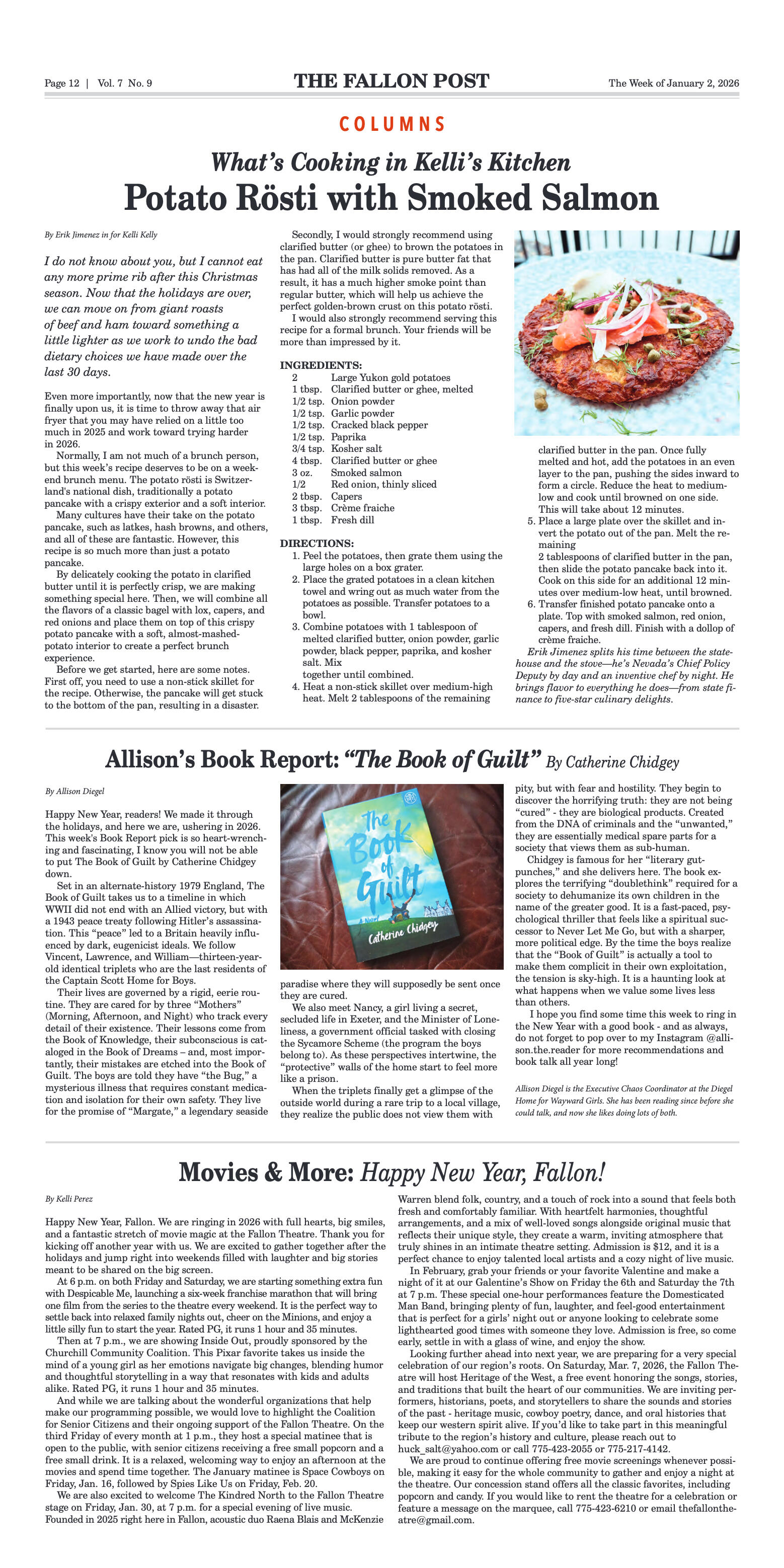
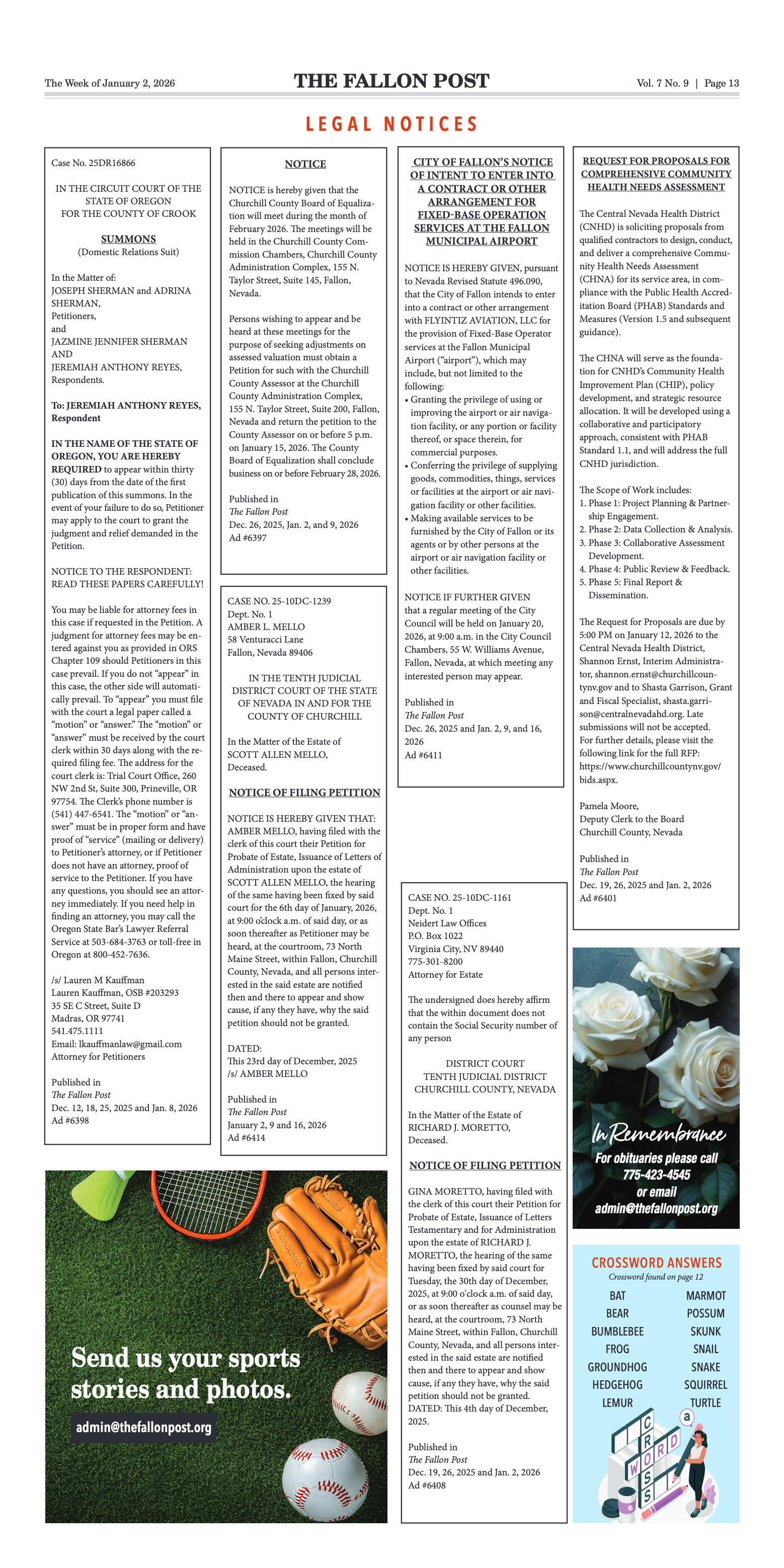
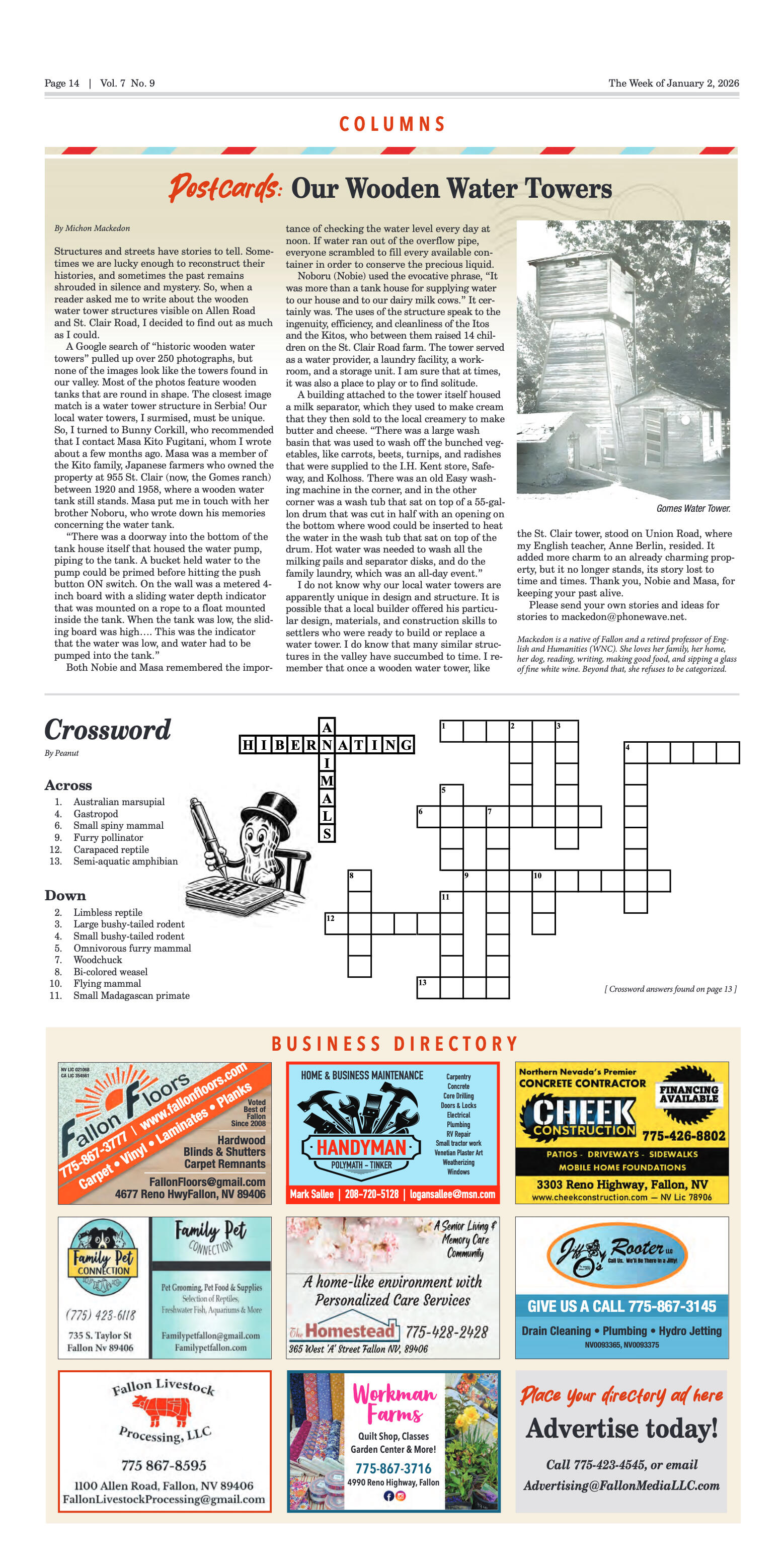
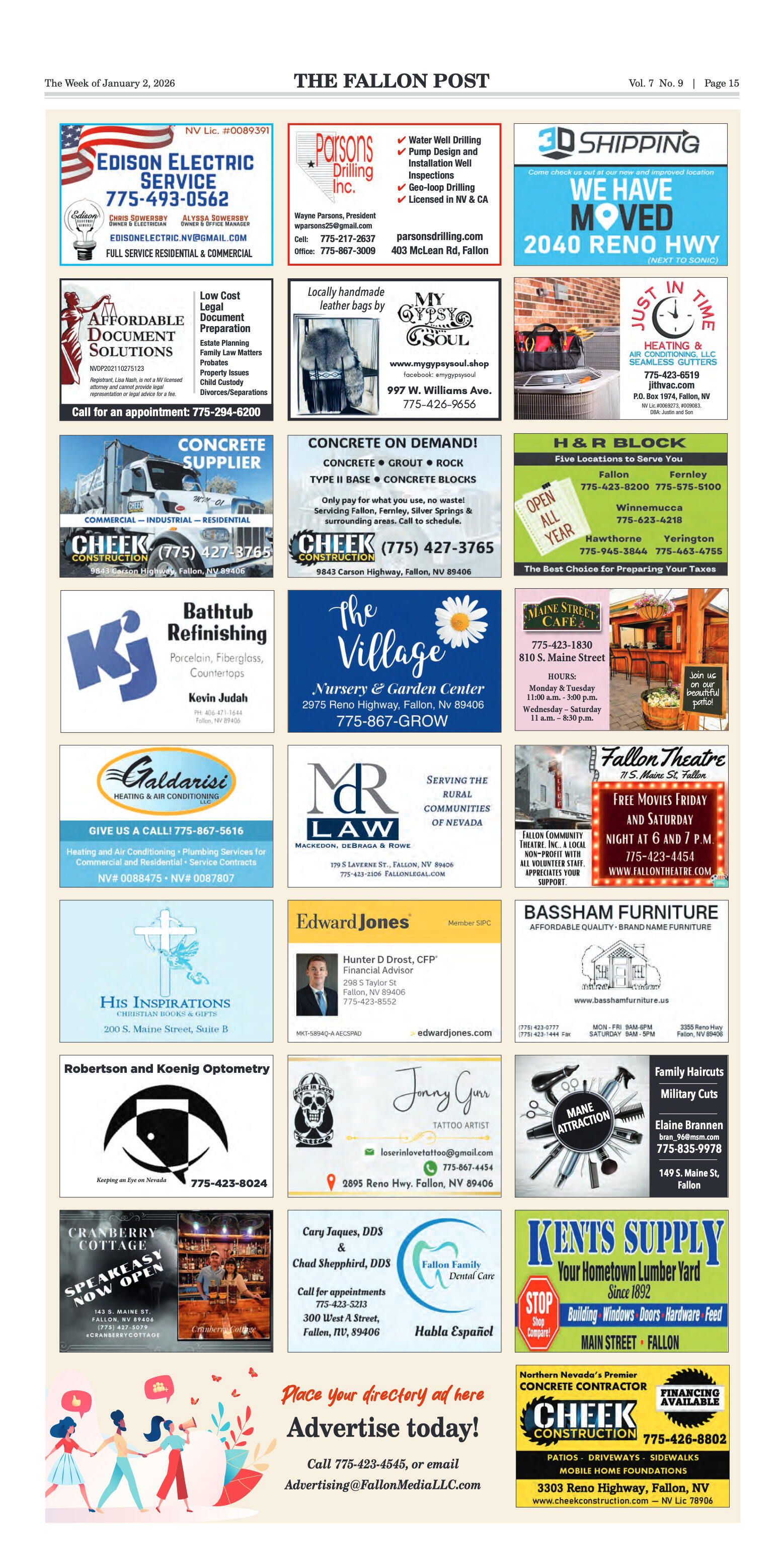
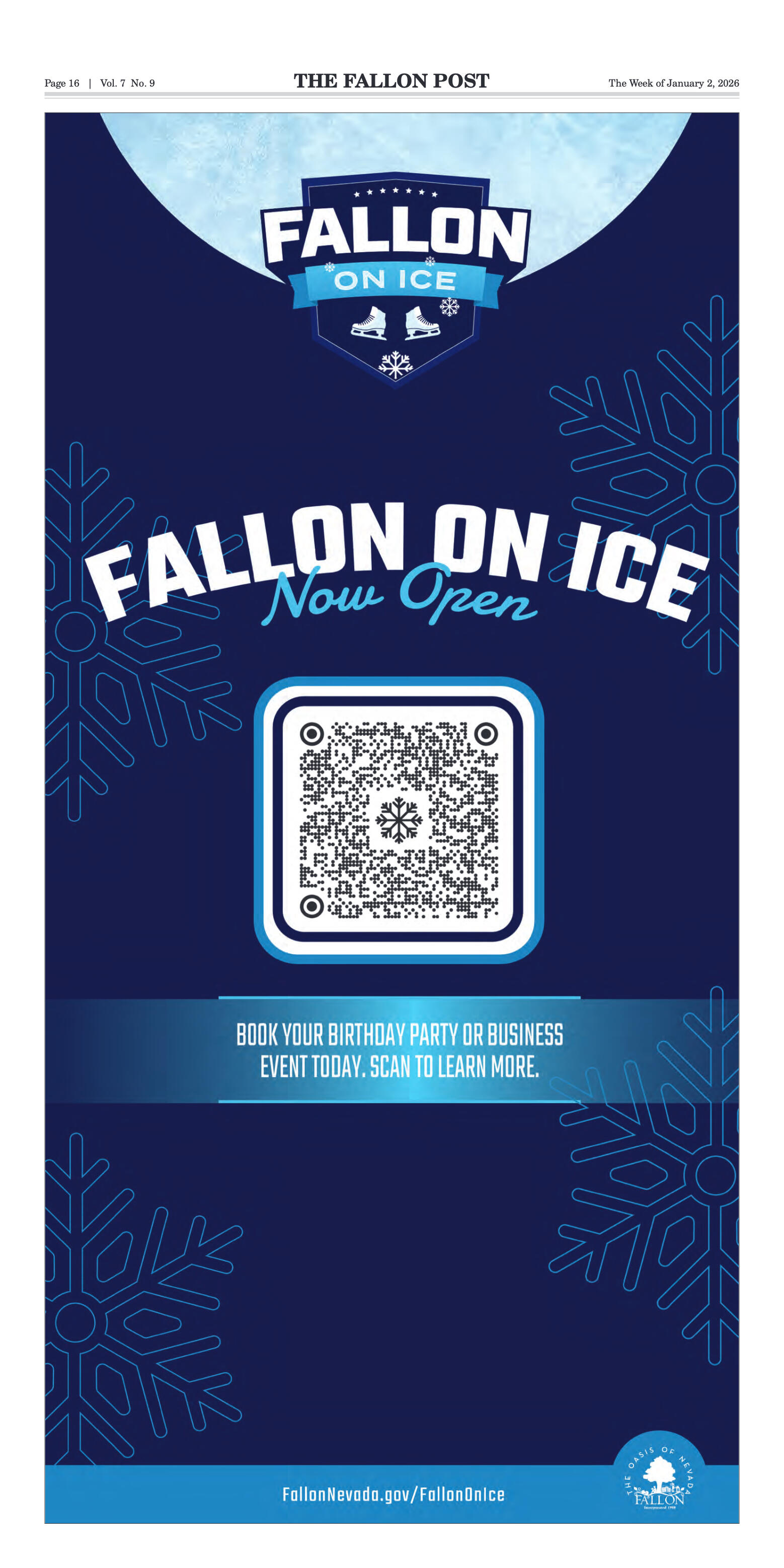

















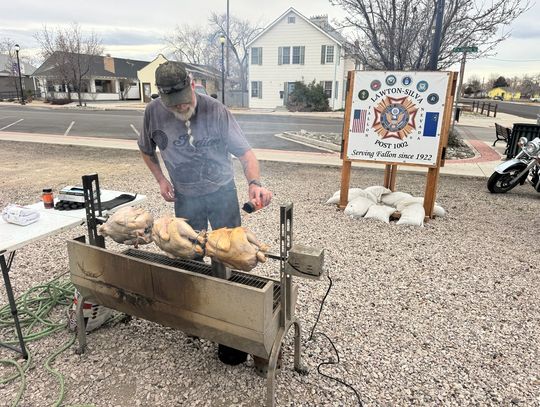

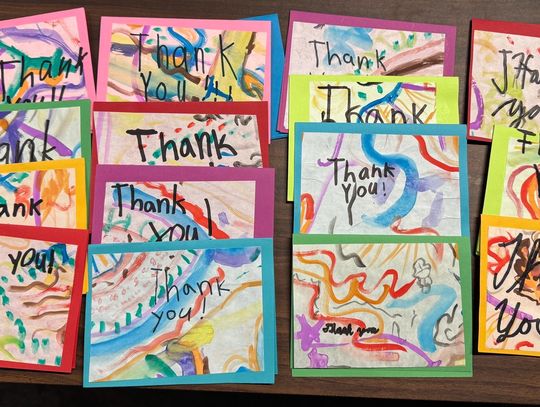
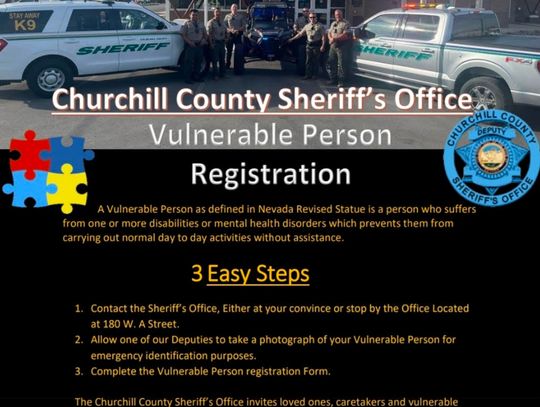


Comment
Comments